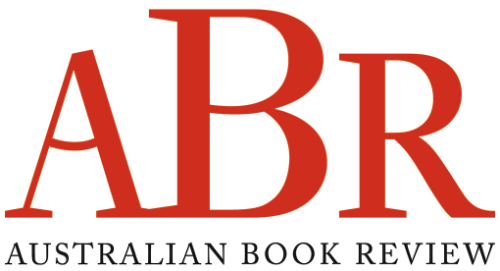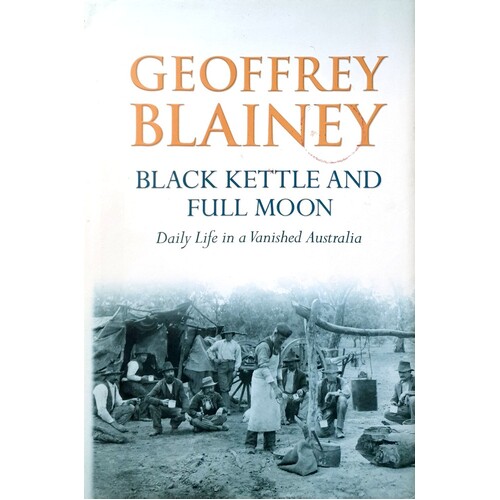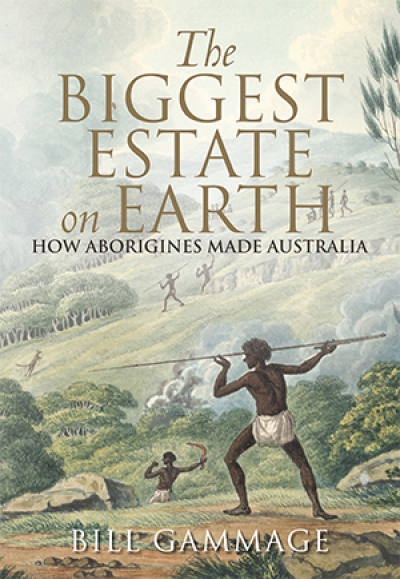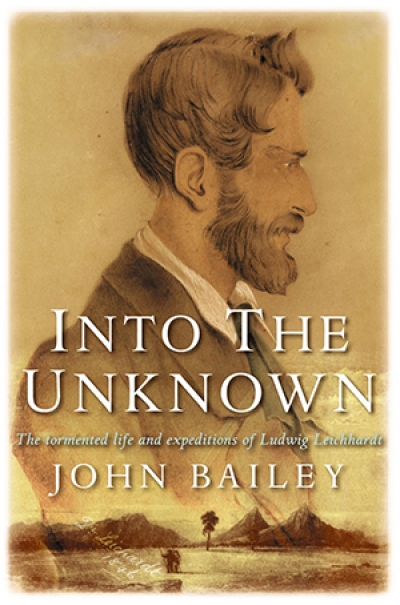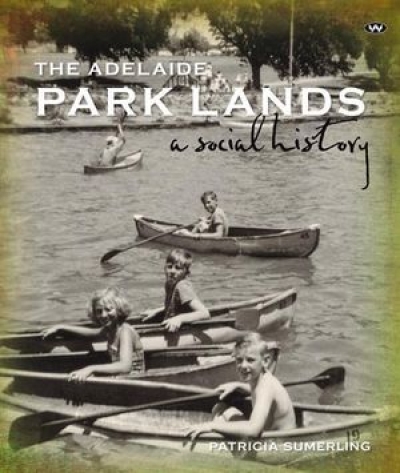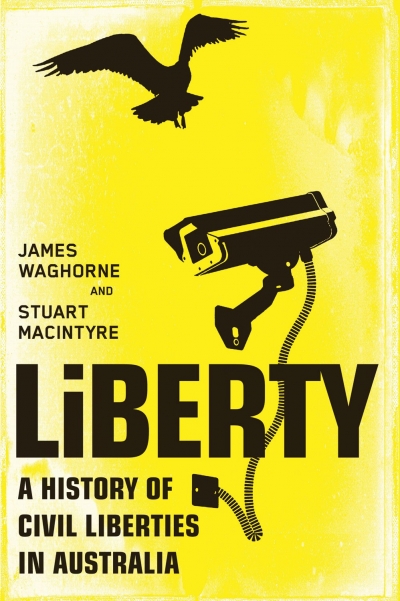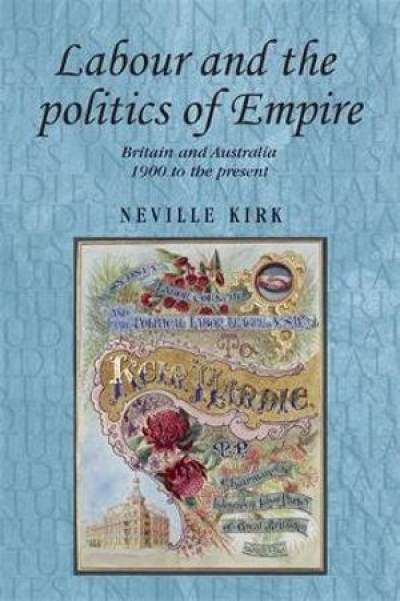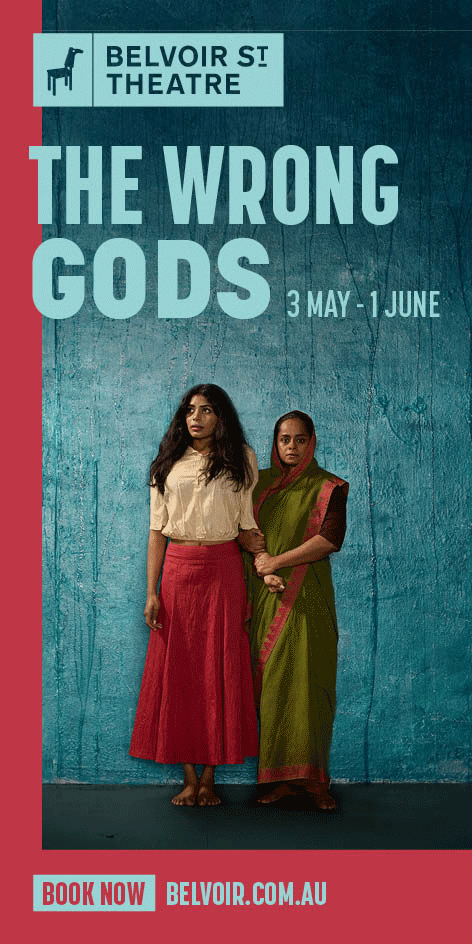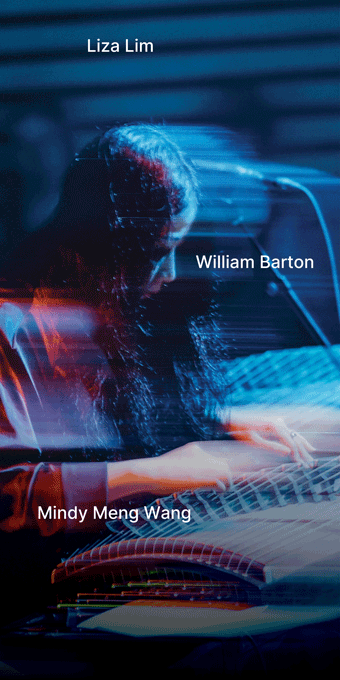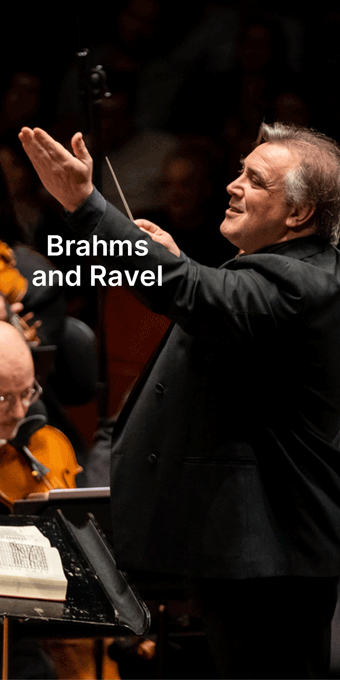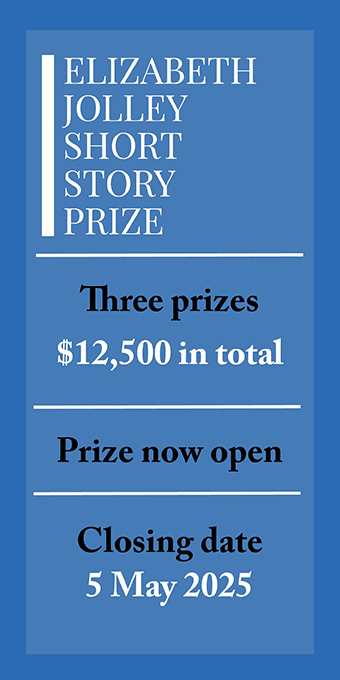History
The Donald Friend Diaries: Chronicles & Confessions of an Australian Artist edited by Ian Britain (foreword by Barry Humphries)
by Patrick McCaughey •
The West and the Map of the World: A Reappraisal of the Past by Matthew Richardson
by John Thompson •
Victorian Visions: Nineteenth-Century Art from the John Schaeffer Collection by Richard Beresford
by Christopher Menz •
Australian Historical Studies, Volume 41, Issue 2 edited by Richard Broome and Dianne Kirkby
by Lyndon Megarrity •
Black Kettle and Full Moon: Daily life in a vanished Australia by Geoffrey Blainey
by John Hirst •
The Biggest Estate on Earth: How Aborigines Made Australia by Bill Gammage
by Geoffrey Blainey •
Into the Unknown: The Tormented Life and Expeditions of Ludwig Leichhardt by John Bailey
by Darrell Lewis •
The Adelaide Park Lands: A Social History by Patricia Sumerling
by Bernard Whimpress •
Liberty: A History of Civil Liberties in Australia by James Waghorne and Stuart Macintyre
by Terry Lane •
